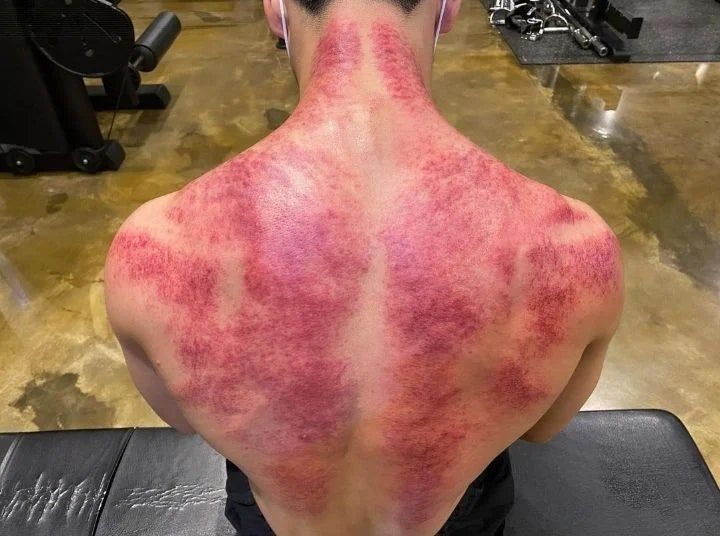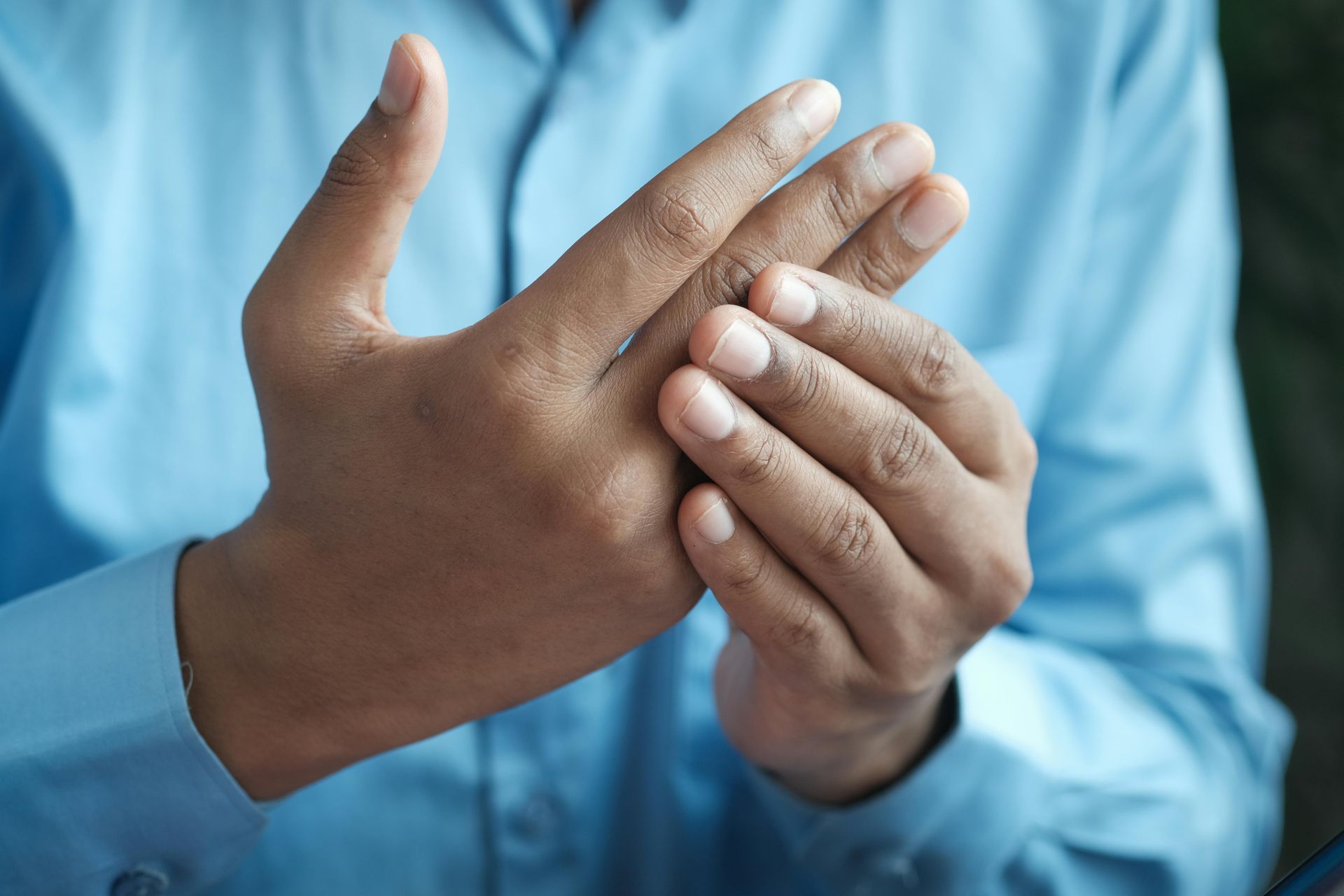The Truth About Blood Cupping (Hijama): What You Need to Know

It's a topic that often comes up at Good Health Group Clinic, especially when clients see me using cups during their treatments.
The question I hear a lot is, "Do you do blood cupping too?" My answer is always a firm no.
Let me explain why, and help you make informed choices about your health.
What Is Blood Cupping (Hijama)?
Blood cupping involves making small cuts on the skin and then applying suction cups to draw out blood. It's a traditional therapy with roots in various cultures, claiming to "remove toxins" and improve health.
While it might sound intriguing, it's important to separate tradition from science, especially here in Australia, where health standards are very clear.
Why We Don’t Offer Hijama at Good Health Group Clinic
At Good Health Group Clinic, your safety is our top priority. Blood cupping isn't just outside of my clinical scope, it's illegal for practitioners like us to perform without specific medical qualifications.
Australian health regulations strictly govern any procedure involving skin incisions. These rules are in place to minimise risks like infections, improper sterilisation, and cross-contamination. Without proper medical training and licensing, the risks can far outweigh any potential benefits.
So, if you come across a clinic offering Hijama without clear medical qualifications, my advice? It's best to steer clear for your own safety.
What Does the Science Say About Hijama?
The reality is, there's no strong scientific evidence to support the claimed benefits of blood cupping. Many studies that suggest positive outcomes often lack the quality and reliability needed to consider it a legitimate medical practice.
For example:
- Lack of High-Quality Research: A comprehensive review of available studies found that most were of poor quality, with significant biases and methodological flaws. This makes it difficult to draw any firm conclusions about the effectiveness of Hijama.
- No Proven Health Benefits: Major health organisations have stated that there's insufficient evidence to support the use of blood cupping for any medical condition. The purported benefits are largely anecdotal and not backed by rigorous scientific research.
- Potential Risks: Beyond the lack of benefits, blood cupping can pose health risks such as infections, scarring, and other complications resulting from skin incisions.
Why Dry Cupping Is a Better Option
At Good Health Group Clinic, we do offer dry cupping, a non-invasive, research-backed therapy that provides real benefits without the risks associated with blood cupping.
Dry cupping works by creating suction on the skin, which increases blood flow and promotes muscle recovery. One of its standout benefits is
desensitisation. This helps manage muscle pain by calming overactive pain signals in the body. Whether you're dealing with tight shoulders or post-workout soreness, dry cupping can provide noticeable relief.
We've previously posted a detailed blog article about cupping therapy, explaining the scientific evidence and benefits of dry cupping. Feel free to check it out for more in-depth information!
What Should You Do Instead?
If you're interested in cupping, sticking to dry cupping is a safe and effective choice. Always ensure you're working with a qualified practitioner who can tailor treatments to your specific needs.
At Good Health Group Clinic, we're here to provide therapies that are both effective and aligned with Australian healthcare regulations.
Final Thoughts
While Hijama has cultural significance, it's essential to prioritise evidence-based treatments for your health. At Good Health Group Clinic, we focus on therapies that are not only effective but also safe.
If you're curious about dry cupping or other treatments we offer, feel free to ask! I'm always here to explain the benefits and help you make the best choices for your well-being.
Stay informed, stay safe, and trust the experts at Good Health Group Clinic!
References:
- Australian Government Department of Health: Guidelines on infection control and skin penetration procedures.
- Medical Journal of Australia: Articles on the efficacy and safety of alternative therapies.
Blogs














